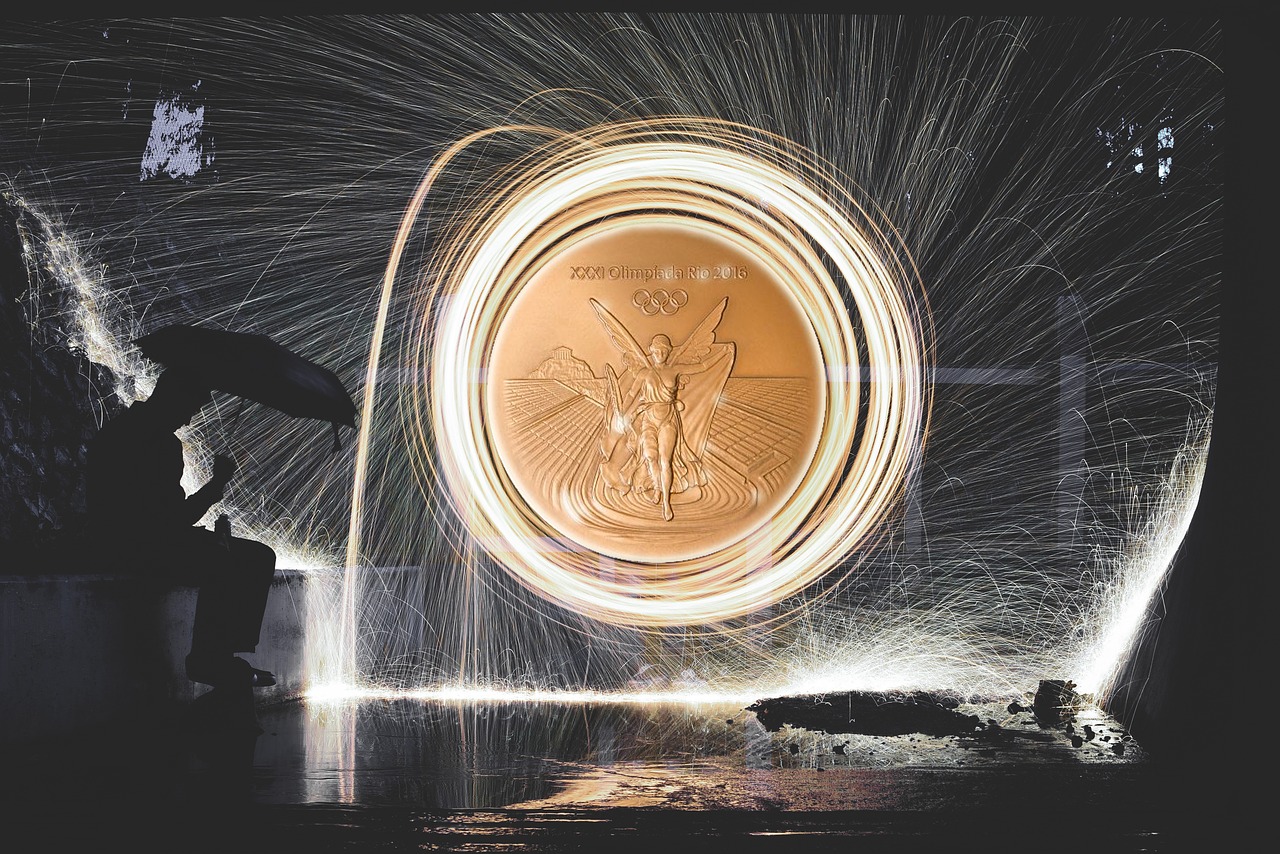The great Olympic motto Citius, Altius, Fortius – “Faster, Higher, Stronger” when applied to organizations is possibly: Better, Faster, Different
Fundamental to Olympic achievement is competition. Many an athlete credits their speed and prowess to a fierce competitor pressuring them to their best performance.
Similarly, it is hard to imagine a drive for transformation without competitive pressure. Even public sector organisations are permanently competing for the limited taxpayer dollar.
In the same way that Olympians succeed through continuous improvement driven by relentless competition and aided by the latest technology, so do leading organisations succeed through continuous renewal, fully utilizing the latest digital advances.
Parallels continue with the importance of “the six inches between the ears” in Olympic success. When you win by 1/1000s of a second, the gold is said to be in large part due to desire that fueled the final push across the line.1 Professor Luiz Machado called the part of the brain that overrides logic ‘the brain’s brain’ – the hypophysis. This gland, buried inside the brain’s core, is the brain’s ignition.2 It doesn’t speak – it is pure emotion. The word ‘emotion’ means to move, to stir: drive, force, will – this is at the core of success with any venture, even in this digital age.
The failure rate has been put as high as 80% for Mergers & Acquisitions, particularly challenging forms of transformation. Experts highlight the human factor in this.3 The human element is never more critical in organizational transformation than during mergers with the complexity of merging both systems and cultures.
“A man will not sell his life to you, but will give it to you for a piece of ribbon.”
-William Manchester
This is a poignant reminder that the human brain will override its number 1 priority – to keep you safe – for a lofty ideal. This is fundamental to staying ahead in the transformation game.
Getting to the Heart of Success
We know from millennia of Olympic pursuits that human beings will endure extremes of discomfort and self-sacrifice for glory. Money simply does not have the same mobilizing effect on human capability. Similarly, you only harness the full brainpower of an organisation for something perceived as meaningful. In this respect, your task is relatively straightforward: you employ people and you sell to people. Keep these two key stakeholder groups engaged and you are in medal contention.
This is too often overlooked. Executives from a firm undertaking a complete website overhaul at a recent workshop omitted customers from their list of change stakeholders. The response when this was questioned: “We know what they want.”
People are cut from the same cloth. They want to:
- Be noticed and valued (significance, appreciation)
- Make a positive difference (effectiveness)
- Be part of something that has meaning (makes sense)
- Be helpful – provide something that works (contribution)
These factors are at the heart of transformation success. There has to be a meaningful reason – making shareholders wealthy or driving efficiency won’t cut it.
Going for Gold
Once the purpose is meaningful, you can work towards success using similar high-performance strategies that get elite athletes to the top of the podium:
- Thoughts (and communications) should be emotive and compelling – brains are ignited from the emotional core. Keep purpose front and center throughout the transformation so that when spirits wane, the purpose is a source of constant re-ignition.
- Keep looking in the mirror – is what you see what you get? The mid brain is highly attuned to subterfuge.
- Focus on inputs over outputs. Having your focus on the finish line of the final during the qualifiers will blind you to what’s needed for a win today. Western organisations are notorious for an exclusive focus on results (e.g. M.B.O.) yet Kaizen and similar quality approaches demonstrated decades ago that when people get the inputs right, the results follow.
- Check in to ensure you are not losing people in the choppy waters of implementation. A lot can happen to submerge people in the sheer deluge of transformation requirements while also being hit by wave upon wave of business-as-usual demands.
- Allow recovery and rebuilding time. Don’t create schedules so ambitious that you end up with on-time delivery but a burnt-out organisation.
- Use the high-performance regimen of plan-do-review-repeat. Invariably, every time you stop to assess, you notice something that needs to change. These reviews are also a time to refresh and re-ignite.
- Elite athletes not only have a range of feedback sources in their high-performance support team, but hours of video footage to analyse for improvements. Canvass opinion widely and listen, observe, listen.
As you transform to be better, faster and/or different in today’s competitive world, the words of an Olympian may be worth remembering:
“Passion is a huge prerequisite to winning. It makes you willing to jump through hoops, go through all the ups and downs and everything in between to reach your goal…..Breathe, believe, and battle. Breathe – be in the moment. Believe – have faith that you can rise above it. Battle – you gotta be prepared to go for as long as it takes.”
-Kerri Walsh Jennings, Triple Gold Medal Winner, Beach Volleyball
Sources:
1Spackman, Dr Kerry. The Winner’s Bible. The Winner’s Institute (Toeca Publishing Group.) 2009. http://www.winnersbible.com/
https://www.amazon.com/Winners-Bible-Rewire-Permanent-Change/dp/1869509692
2Machado, Dr Luiz. The Brain of the Brain. Cidade do Cerebro. Brazil.1990. https://www.linkedin.com/in/luiz-jos%C3%A9-machado-61874061
3“Why Mergers Fail and How to Prevent It” by Susan Cartwrighthttp://www.financepractitioner.com/mergers-and-acquisitions-best-practice/why-mergers-fail-and-how-to-prevent-it?page=1
About the Author:





